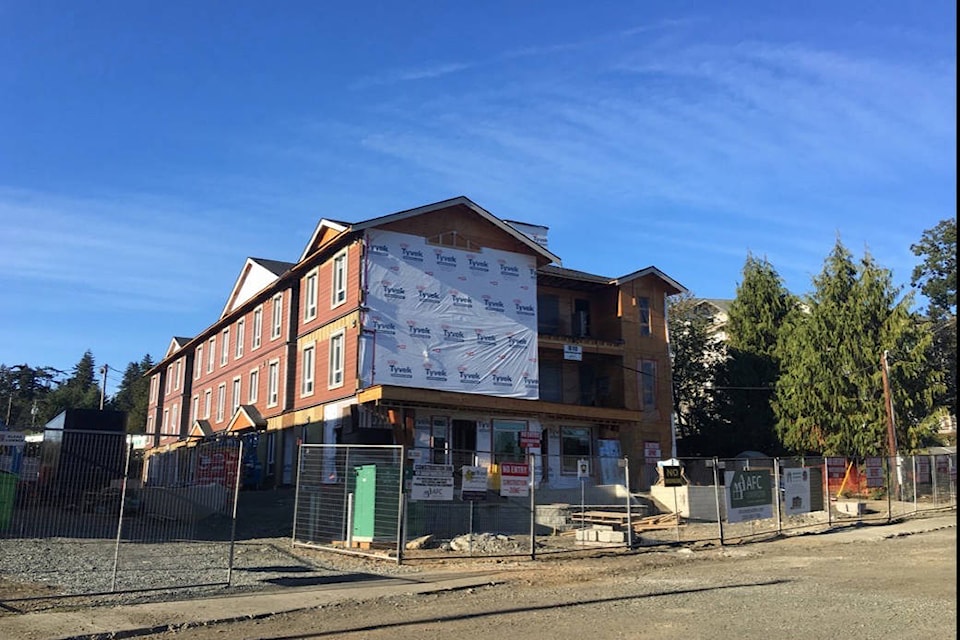Every report that has come out about housing in the Comox Valley shows that it is expensive and there isn’t enough of it.
But when accessibility needs are taken into consideration, the lack of housing is amplified.
READ MORE: Comox Valley ranked fifth most unaffordable housing market in B.C.
Roger Kishi, director of homeless and housing programs with the Wachiay Friendship Centre, said there is a whole spectrum of housing that is lacking in the Valley, and municipalities are still playing catch-up.
“There are units that are designated for people with disabilities, but just like any kind of housing, whether it’s for someone with a disability or a senior or a family with children or a single adult, there’s just a limited supply,” he said.
Each municipality in the Valley follows the accessibility guidelines in the BC Building Code for multi-family housing. This includes adding ramps, having large enough door widths and making sure that the building’s common areas are accessible.
While Courtenay does not have its own accessibility bylaws, Comox requires that 10 per cent of units in multi-family residences are accessible.
And while Cumberland does not currently have accessibility requirements in their zoning bylaws either, according to Ken Rogers, manager of development services with the Village, the zoning bylaw will be undergoing a thorough review in 2021 and accessibility requirements will likely be considered.
John Higginbotham, a member of the Comox Valley Accessibility Committee, said there are a lot of factors to be considered in an accessible space.
“People don’t understand what accessible really means,” he said. “It means that you need wide doors, and you need a bathroom large enough to get a wheelchair in and out.”
He added that sometimes it is necessary to have lower counters, or showers or bathtubs that are accessible.
But even if more accessible developments are built, affordability continues to be an issue, especially for those whose disabilities impact their ability to work.
The B.C. government provides subsidies for affordable housing, but within the subsidized housing, there seems to be a gap for adults with disabilities who are not yet seniors.
READ MORE: Disabled d’Esterre Gardens residents evicted for being too young
A list of subsidized housing options for seniors and adults with disabilities from the B.C. Housing Registry shows six housing options in the Comox Valley, four of which are specifically for retirees or seniors. Only two of these affordable housing options allow tenants under 55 years of age and are suitable for people with disabilities.
“Currently there’s really nothing for people in their 20s, 30s and 40s,” said Higginbotham. “We need more affordable, accessible housing. Places that are accessible can be a little more than people can afford, and people who are handicapped have different challenges in terms of income.”
Courtenay-Comox MLA Ronna-Rae Leonard said the provincial government has been focused on affordable housing and has taken into account the added monetary challenges for people with disabilities.
“One of our very first actions was we increased the social assistance rate and persons with disabilities rates by $100 a month,” she said.
“The affordability issue is a lot bigger than that so we have a long way to go, but at least we are focused on it.”
She adds the poverty reduction strategy implementation will be taking shape over the coming months which will help address affordability issues.
